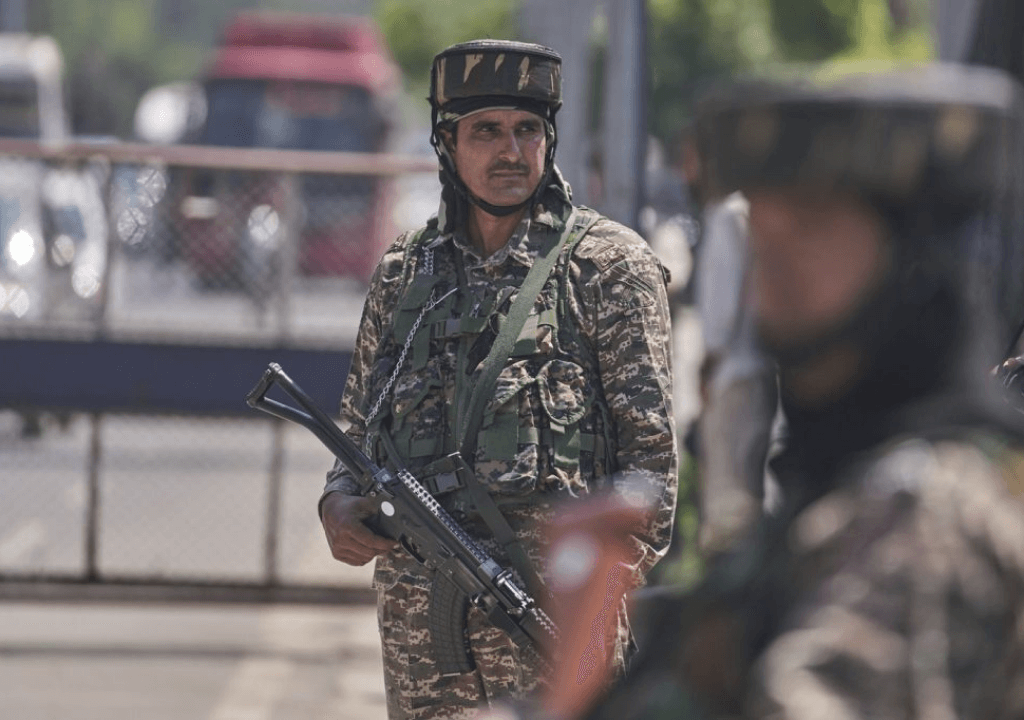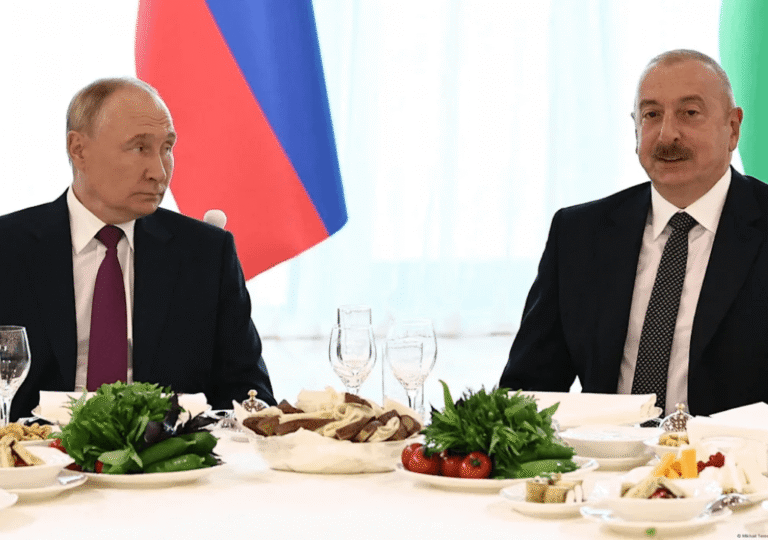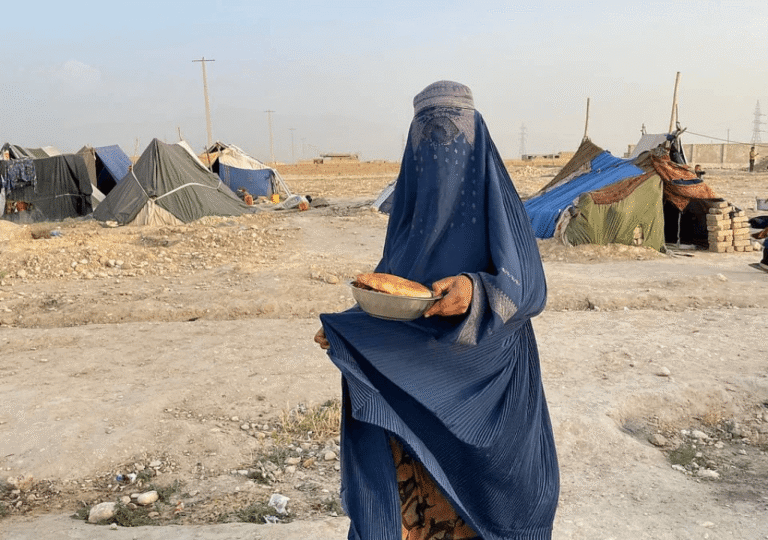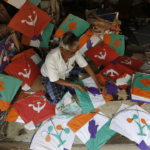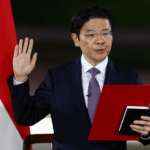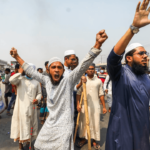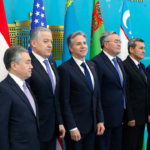As two nuclear-armed nations edged toward war, the world held its breath. Missiles crossed borders, and the threat of a full-scale nuclear conflict loomed large. Pakistan repeatedly warned that it was not afraid to be the first to use nuclear weapons. Yet, by some fortune for the planet, escalation was ultimately avoided. A ceasefire eventually took hold—an outcome President Trump was quick to claim credit for.
From the Pulwama terror attack—which sparked the recent escalation in Indian Kashmir—another force, more insidious than weapons, was set into motion: disinformation. Social media quickly became a breeding ground for fake news, with people, fueled by outrage and sensationalism, consuming and spreading it with little regard for the truth. In both India and Pakistan, mainstream media—already criticized for its lack of credibility—amplified these distortions. Meanwhile, international media, often accused of harboring bias against India and showing undue sympathy toward Pakistan, frequently accepted Islamabad’s claims without serious scrutiny.
Indian media, meanwhile, was far from innocent—it manufactured its own distortions, further fueling tensions. This forced Indian authorities to respond and clarify their position, attempting to correct public perception amid the flood of disinformation.
The flurry of disinformation
As India and Pakistan engage in their most serious armed confrontation since 2019, a parallel war is unfolding online and across the airwaves. Government officials, media outlets, and citizens on both sides have been swept into a full-scale information battle. Indian social media has been awash with dramatic claims—that Indian forces crossed into Pakistan, destroyed a major port, and eliminated a top Pakistani general.
Across the border, Pakistani media was inundated with unverified reports—many seemingly amplified by government and military channels. Even as Pakistani territory suffered heavy damage from Indian missile strikes, local outlets claimed their air defenses had shot down Indian drones, while senior officials circulated memes celebrating supposed military victories. Among the most widely shared—and ultimately debunked—claims were that Rafale fighter jets had been downed and Indian pilots captured. These false reports were not only echoed across domestic media but also publicly celebrated by top government figures, including the prime minister—highlighting the coordinated narrative-building between Pakistan’s military, government, and media.
While propaganda has long been a companion to war, analysts say the scale and intensity of this information conflict are unprecedented. It has stoked public anxiety and left citizens, companies, and investors struggling to separate fact from fiction. “Pakistani news and Indian news—it’s like two different universes,” one expert observed. Each side aggressively promotes its own narrative, largely for domestic consumption, while ignoring or discrediting the other’s claims.
This media frenzy has triggered waves of patriotic fervor, chest-thumping nationalism, and wildly exaggerated assertions across both social and mainstream media. Even international outlets have occasionally been misled, quoting unreliable local sources and inadvertently spreading disinformation.
When Even Official Sources Fail
.In the early days following the Pahalgam attack, India, citing evidence, claimed that the attackers were religious extremists linked to Pakistan. Pakistan, in turn, denied the allegations, dismissing them as propaganda and fake news. It told its own people that the violence was part of an indigenous independence movement by Kashmiris—despite strong evidence pointing to religious extremism exported from Pakistani soil. Pakistan’s official stance remained unchanged, but this unwavering narrative made even its formal statements appear unreliable.
When India responded with targeted strikes—reportedly hitting terrorist camps—Pakistan launched a counter-narrative through international media, alleging that Indian forces had bombed a mosque and killed civilians. These claims were later debunked when it was revealed that the targeted locations had ties to terrorist activities.
Nonetheless, the damage had already been done. These false narratives stirred public outrage, particularly among Pakistani citizens and broader Islamic communities around the world.
A wave of disinformation followed, escalating alongside the military tensions. At one point, the situation grew so severe that Indian officials publicly urged domestic media not to spread unverified news based on anonymous sources. Ironically, some of these very reports were later used by Pakistani officials to bolster their own counterclaims.
The chaos revealed a deeper problem: even official sources were contributing to the confusion.
Is the disinformation war going to stop?
Nope. Even after the ceasefire, it continues. What role Trump played in brokering the ceasefire—we don’t know. Who actually initiated it—we don’t know. Indian media has its version, Pakistani media has theirs, and international media outlets offer their own narratives. Even after the ceasefire, the media in both countries continue to push their respective propaganda campaigns, each trying to discredit the other’s version of events.
Is there any victor in this disinformation war? The Indian government claims success by exposing Pakistan’s military and government narratives on the international stage, releasing operational details to bolster its credibility. Pakistan, in turn, leans on claims made by Indian media to counter India’s position.
And it’s not going to stop—because both countries continue to rely heavily on hostility toward each other. The media benefits from the attention and revenue this rivalry generates. While war is generally viewed as disastrous, this brief conflict ironically served as a moment of national pride for both governments, allowing them to distract the public from deeper domestic issues.

